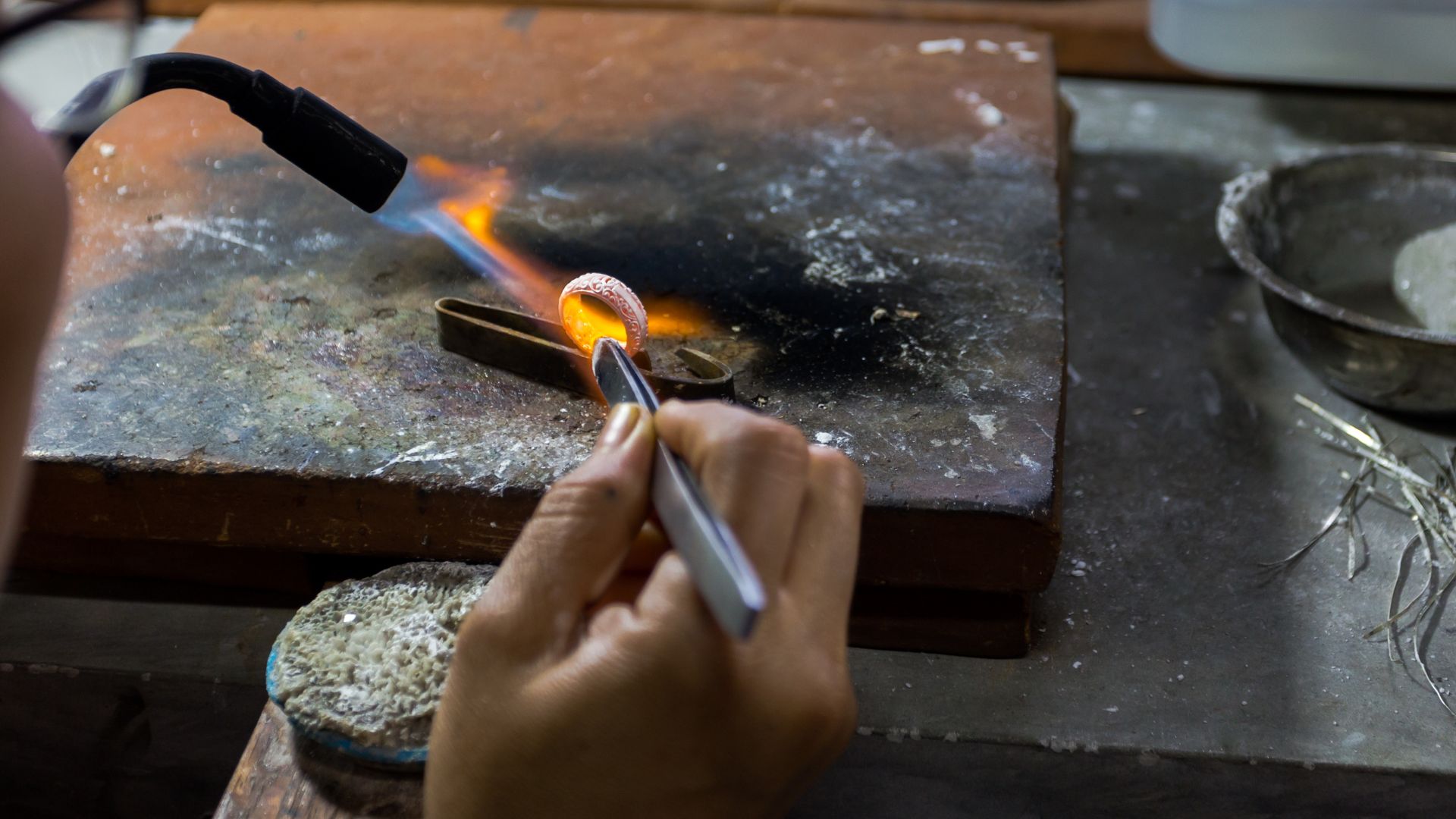Imagine stepping into a realm where the boundaries of reality and illusion blur. Welcome to the world of augmented reality jewelry, where technology meets fashion in the most enchanting way.
Stay tuned as we unveil the magic of augmented reality jewelry, a fusion of tradition and innovation that promises to change the way you perceive and interact with your favorite accessories.
Augmented Reality Jewelry
Diving deeper into this fascinating convergence of technology and style requires thorough understanding of the core concept and its evolution, as well as how augmented reality jewelry functions.
The Concept and Its Evolution
Augmented reality jewelry germinated from the intersection of the digital art world with the long-standing tradition of jewelry creation. Redefining boundaries, it’s a testament to how technology channels creativity, giving birth to a truly immersive accessory experience.
Evolution: Fast and Furious
The evolution of augmented reality jewelry has been rapid and impactful. From being a fantastic, futuristic concept in the late 2010s to an industry standard in just a decade, it’s established its stronghold on the jewelry market.
How Augmented Reality Jewelry Works
Understanding the mechanism behind augmented reality jewelry may seem complicated at first, but breaking it down to its core, it’s surprisingly simple. It all commences with the creation of a digital 3D model using sophisticated software. The model, replicating the physical piece of jewelry in high definition, is then integrated into an AR app or platform.
The Benefits of Augmented Reality in Jewelry Design
Following the dynamic transformation of the jewelry industry with the integration of augmented reality, it’s essential to explore the key benefits that have driven this revolutionary shift. The synergy between the digital art world and traditional craftsmanship has distinctly elevated the jewelry design process, creating an immersive experience for the consumers.
Personalization and Customization
Adding a personal touch to jewelry elevates its appeal, and augmented reality enhances just that. The digital 3D models, intricately designed, allow users to customize the jewelry to match their preferences. An individual could select a design, modify its size, adjust the stone’s shade, or even alter the metal type and color.
Virtual Try-On Experiences
Gone are the days of imagining how a piece of jewelry might look. Augmented reality jewelry design enables virtual try-on experiences, which refers to a real-time engagement where consumers can try on digital 3D models of jewelry virtually.
Educational and Storytelling Aspects
Lastly, augmented reality plays a significant educational role by providing immersive, story-based interactive experiences. It aids in transparently communicating the underlying journey of each jewelry piece, starting from sourcing, through designing, to the final product.
Ethical Considerations and Privacy Issues
In the realm of augmented reality in jewelry design, ethical considerations and privacy issues emerge. As technology evolves and permeates our daily lives, the preservation of data security and ensuring consumer rights maintain a delicate balance.
Data Security Measures
AR interfaces in the jewelry sector require data input, leading to concerns about maintaining data security. Applications request users’ personal information such as preferences, facial features, and in some cases, biometric data like fingerprints. Some major brands employ high-security measures to safeguard users’ data, establishing firewalls, employing data encryption methods, and restricting access.
Balancing Innovation with Consumer Rights
While innovation propels the augmented reality jewelry industry, a tether to consumer rights ensures ethical evolution. Companies must be explicit about how they collect, store, and use consumer data, holding transparency as a foundation stone of their operations. Pandora, a major player in AR jewelry, furnishes comprehensive privacy policies, detailing data usage.
Must Know
As the world of jewelry design embraces augmented reality, it’s clear the industry is on the brink of a transformative shift. Major players like DeBeers, Pandora, and Tiffany are already reaping the benefits of AR, providing personalized and immersive experiences to their customers. Yet, it’s not just about technological innovation. Balancing this with ethical considerations, such as data security and consumer privacy, is equally important.
